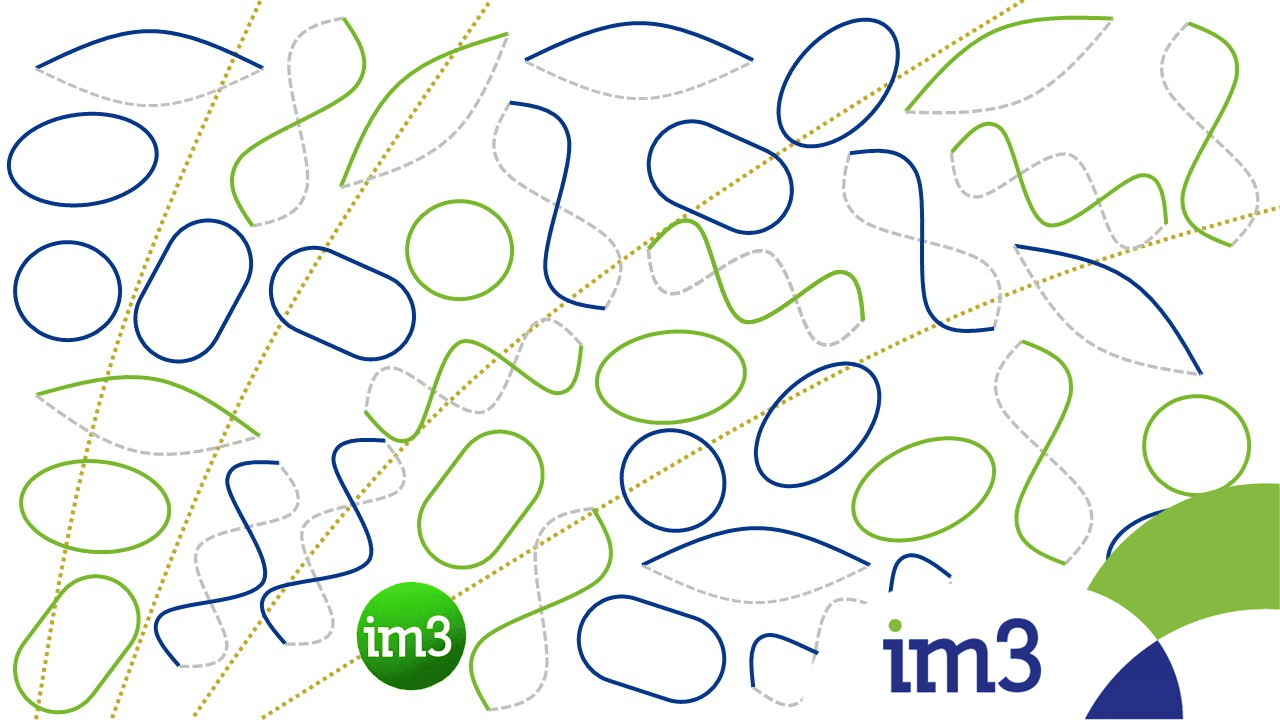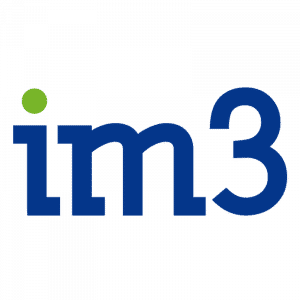14 Dec Anniversary of the birth of Quantum Mechanics
The disturbing theory that humanity has not yet assimilated
Image: free representation of ‘string theory’ which proposes that the ‘fundamental fabric’ of the universe is made up of a multitude of tiny vibrating strings, each corresponding to a subatomic particle: electrons, quarks, neutrinos, etc.
Coinciding with the 122nd anniversary of the birth of Quantum Mechanics, this week the US Department of Energy announced that a nuclear fusion reaction with net energy gain has been achieved in a California laboratory. If this news is confirmed, it is a historical milestone that will change the world completely in this century.
In the year 1900, leading scientists were proclaiming that by combining Newton’s and Maxwell’s equations we already had a theory of everything, and that everything that could be discovered had already been discovered, or so it seemed.
However, on December 14, 1900, Planck, at a meeting of the German Physical Society, made public his idea that energy cannot take any value, but rather an integer multiple of a minimum quantity that he called quantum, a fact considered as the birth of quantum mechanics.
Five years later, in 1905, Einstein explained the photoelectric effect, through quanta of light energy, the photons. A new reality of nature was beginning to emerge.
And in 1913, Bohr proposed his atomic model, in which electrons could be found only in certain specific orbits, at a certain specific distance from the nucleus, and with a certain specific energy. But why?
There was a moment when the grammar of the world seemed clear: at the root of all the various forms of reality there seemed to be only particles of matter guided by few forces. Humanity could believe that it had seen the bottom of reality. But it did not last too long: many facts did not add up ..
Until in 1925, a 23-year-old German found an idea that made it possible to account for all the recalcitrant facts and build the mathematical structure of quantum mechanics, the “quantum theory”. Perhaps the greatest scientific revolution of all time.
The quantum theory has clarified the bases of chemistry, the functioning of atoms, solids, plasmas, organic matter, the dynamics of stars, the origin of galaxies… a thousand aspects of the world. And it is the basis of the latest technologies, from computers to nuclear power plants.
However, the truly strange idea of the young Heisenberg that would describe the world very well remains mysterious today after almost 100 years. A disturbing idea destined to upset all of physics, all of science, all of our conception of the world. The idea that humanity has not yet assimilated…
In recent years several scientists are trying to launch publications that are enjoyable for the general public, with the purpose of spreading Quantum Mechanics. Here are three books that follow this line:
- Helgoland, by Carlo Rovelli, Editorial Anagrama Barcelona, 2022
- The Ten Keys to Reality, by Frank Wilczek, Editorial Planeta, 2022
- The Equation of God, by Michio Kaku, Penguin Editorial Group, 2022


